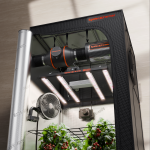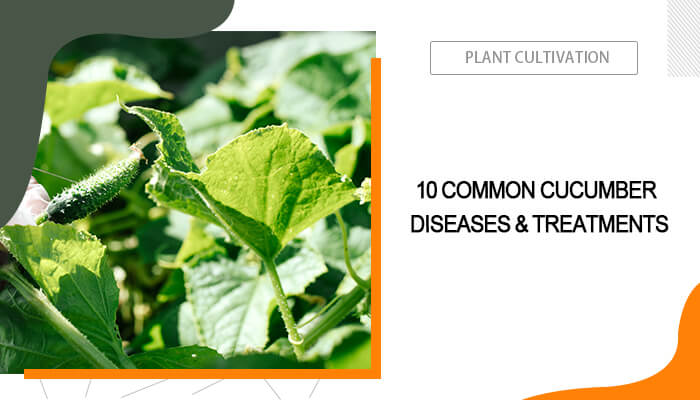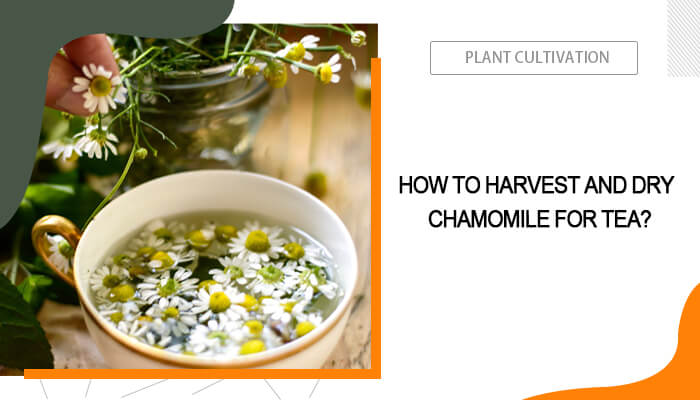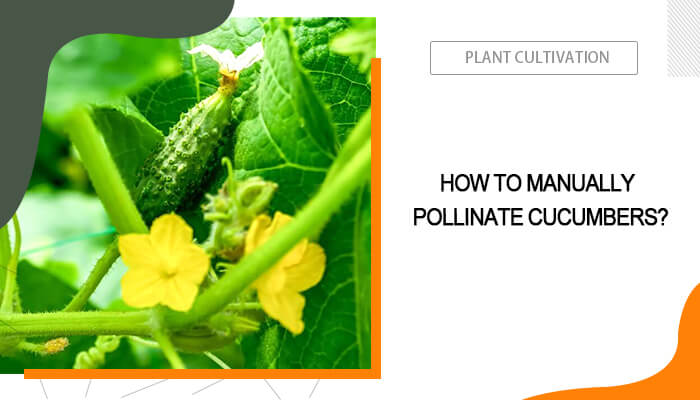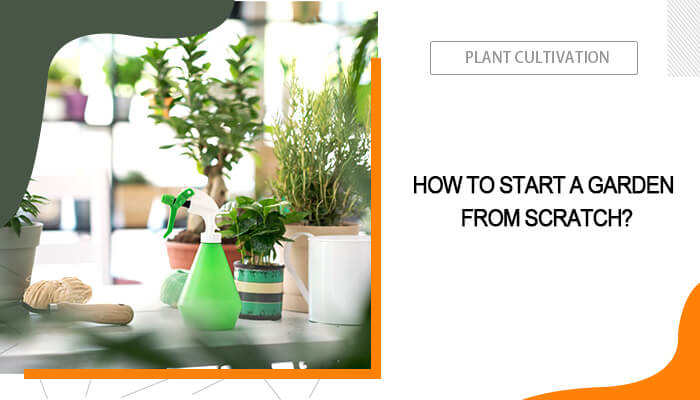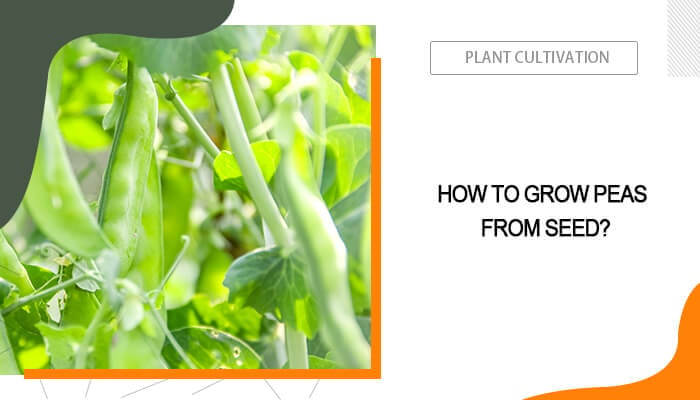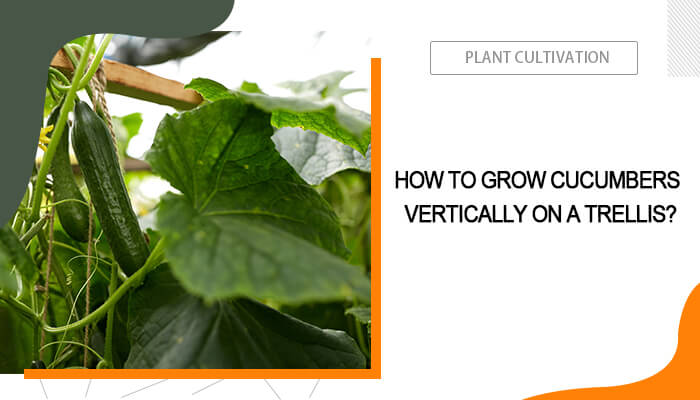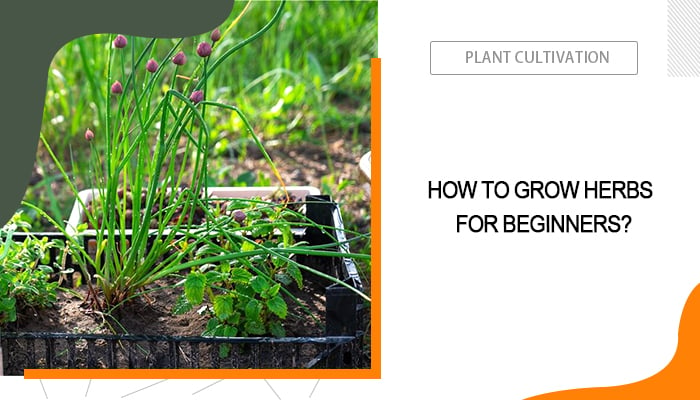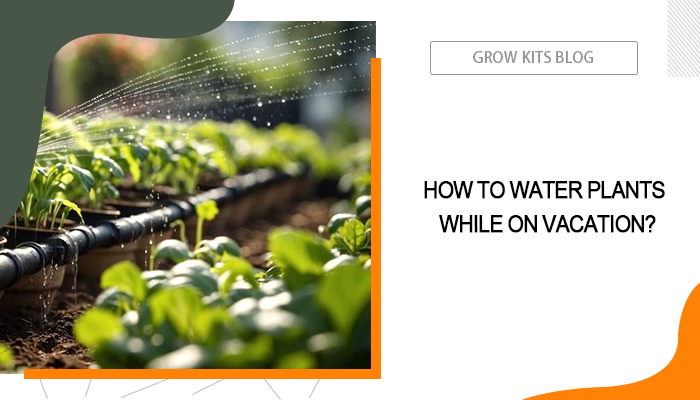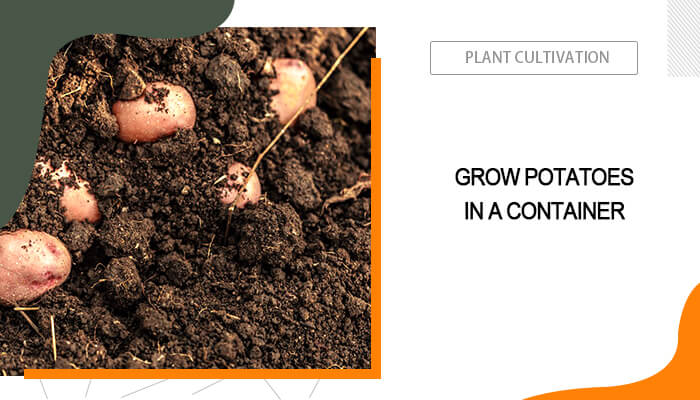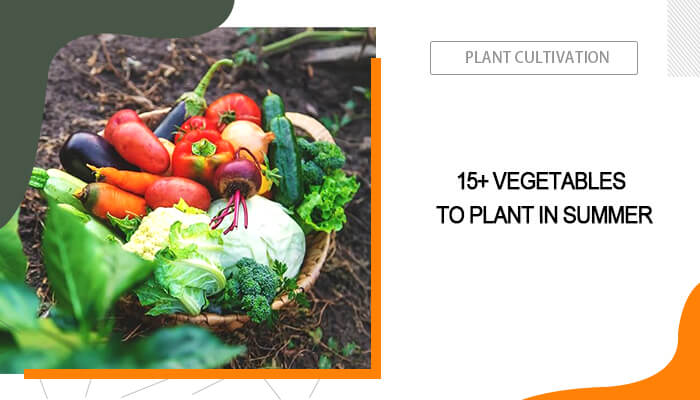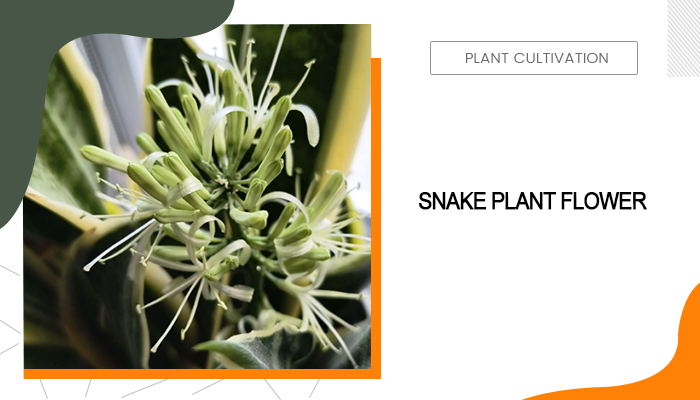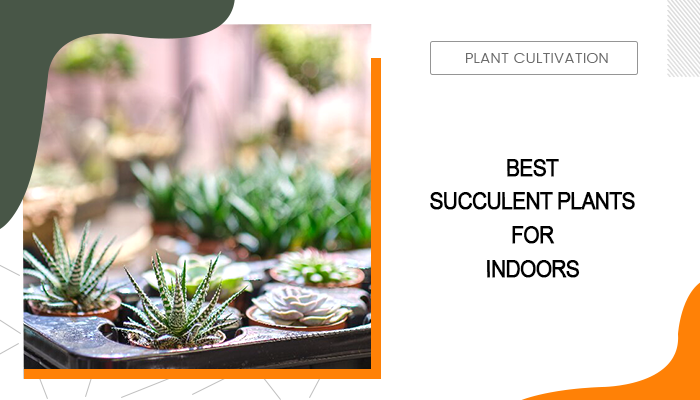It's a rewarding endeavor for both garden lovers and culinary enthusiasts to grow lemongrass. Lemongrass is a versatile herb known for its aromatic flavor and numerous health benefits. As it thrives in warm climates, you can cultivate it in gardens or containers. Whether you’re looking to enhance your cooking with fresh lemongrass or want to enjoy its lush, green presence at home, you can learn how to grow lemongrass in this post. Also, we’ll answer frequently asked questions about growing lemongrass plants.
In this post, you'll learn how to take care of lemongrass in the winter.
Table of Contents
What Does Lemongrass Look Like?
Lemongrass, whose scientific name is Cymbopogon citratus. It’s such a striking plant that its tall, slender, arching stalks can get up to 2 to 4 feet tall. With a bulbous base and tough outer layers, Lemongrass stalks are similar to green onions. The outer layers of the stalk are fibrous and tough, while the inner layers are tender and aromatic. The leaves are long, narrow, and arching, often growing from the base of the plant, and they have a fresh, citrusy fragrance when crushed. Overall, lemongrass has a bushy appearance, making it an attractive addition to gardens.
Is Lemongrass a Perennial?
Normally, Lemongrass is classified as a perennial plant. It can live for multiple years if grown in suitable climates where temperatures remain above freezing year-round. Especially, in USDA hardiness zones 9 and 10, lemongrass can thrive outdoors throughout the year. They produce fragrant stalks and can be used for culinary and medicine. However, it isn’t frost-tolerant. In colder regions, it’s treated as an annual. Growers should bring them indoors during winter to protect them from freezing temperatures.
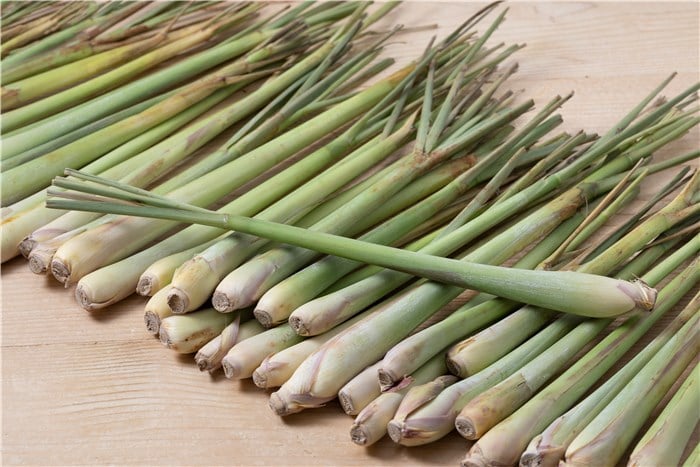
What Does Lemongrass Look Like
Therefore, in USDA zones 9 and 10, lemongrass can come back, producing and harvesting lush stalks season after season. However, in colder regions, where it is often grown as an annual, you should bring it indoors during the winter months to protect it from frost.
Where to Buy Lemon Grass to Plant?
You can buy lemongrass to plant from various sources, including garden centers, nurseries, and online retailers. There are some popular choices you can choose from:
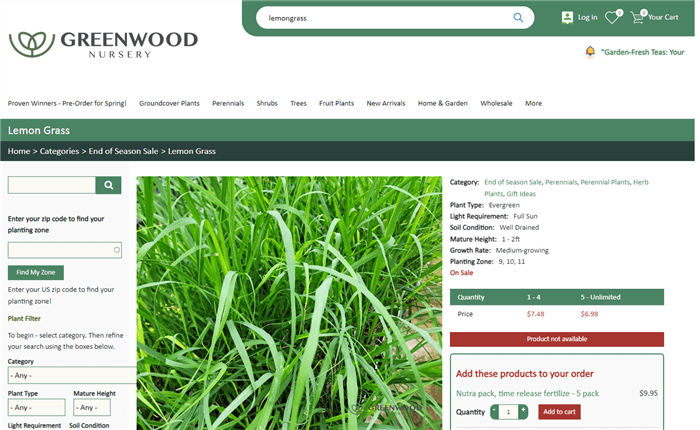
Where to Buy Lemon Grass to Plant?
- One of the Notable options is Greenwood Nursery. It provides lemongrass in quart pots, which is ideal for growing in pots that can be moved indoors during colder months. The price is about $7.48 each.
- Perfect Plants also sells lemongrass plants. It emphasizes their culinary and ornamental uses, with vibrant foliage and a refreshing aroma.
- “Fast Growing Trees” offers lemongrass plants that can thrive in well-drained soil and full sun, ensuring optimal growth conditions.
- If you’re seeking quality and sustainable plants, you can go to The Growers Exchange. It carefully cultivates lemongrass plants and the quotation is available for around $10.254.
- Bonnie Plants provides a robust option for $17.99, although the availability may vary.
How to Grow and Care for Lemongrass?
It’s relatively easy to grow Lemongrass at home. You can grow and take care of them in pots. Lemongrass thrives in warm climates and requires full sunlight, well-draining soil, and regular watering to maintain moisture. After buying seeds or stalks from the mentioned, get ready to grow lemongrass on your own.

How to Grow and Care for Lemongrass?
Light for Lemongrass
Lemongrass prefers full sun. This sun-loving herb benefits from bright light and they need to receive at least 6 to 8 hours of direct sunlight each day. While Lemongrass can tolerate some partial shade, insufficient sunlight may lead to leggy growth and a weaker flavor. For optimal results, plant lemongrass in a sunny spot in your garden or place it under LED grow lights if growing in a container. They need to receive sufficient light, especially in the winter months.
Temperature for Lemongrass
This tropical herb flourishes in warm conditions. The best temperature range for growing lemongrass is between 64°F and 90°F (18°C - 32°C). However, temperatures below 40°F (4°C) are considered too cold for lemongrass, as it is not frost-tolerant and can suffer damage or die if exposed to freezing temperatures. In colder regions, it is advisable to grow lemongrass in containers that can be moved indoors during winter to protect it from harsh conditions, ensuring its survival and continued growth when warmer weather returns.
Humidity for Lemongrass
Lemongrass likes to grow in humid environments. It prefers a relative humidity level of 40% to 60%. While it can adapt to lower humidity levels, maintaining this range is crucial for preventing stress and promoting plant growth. In drier conditions, lemongrass may exhibit signs of distress, such as brown leaf tips or reduced vigor, indicating a need for increased moisture. To enhance humidity around the plant during winter months, you can invest in a plant humidifier to keep it moist.
Watering Frequency for Lemongrass
Lemongrass requires consistent moisture to thrive, so it’s best to water it regularly, about once a week. In hotter climates or during dry spells, you may need to increase the frequency to twice or three times a week, as lemongrass prefers well-drained soil that retains some moisture without becoming soggy. It’s important to monitor the soil’s moisture level. If the top inch feels dry, it's time to water. Additionally, when you grow lemongrass in pots, lemongrass may need more frequent watering than those planted in the ground. This is because your containers can dry out more quickly. Maintaining a consistent watering schedule will help promote healthy growth and abundant stalk production.
Fertilizer for Lemongrass
Lemongrass thrives with the nitrogen-rich fertilizer. During the peak growing season, typically from spring to summer, it is recommended to fertilize lemongrass weekly with a balanced fertilizer, such as one with an NPK ratio of 10-10-10 or a slow-release option like 6-4-0, to provide the necessary nutrients for robust development. Organic fertilizers, such as compost tea or manure tea, can also be beneficial, offering a steady release of nutrients while improving soil health. As temperatures cool in the fall and winter months, the frequency of fertilization should be reduced to about once a month or even stopped altogether, allowing the plant to rest during its dormant period. Proper fertilization enhances growth and contributes to the overall health and productivity of lemongrass plants.
FAQs About Growing Lemongrass Plant
By the end of the post, we’ll answer several FAQs about growing the Lemongrass plant.
What not to plant with lemongrass?
Avoid planting lemongrass with some herbs and vegetables. Specifically, you should avoid planting lemongrass with mint, as both can become invasive and may compete for resources. Besides, it’s wise to steer clear of crops that prefer cooler conditions, such as lettuce and spinach, since lemongrass thrives in warm climates and may overshadow or outcompete these cooler-loving plants. Additionally, be cautious with companion plants that attract pests, as lemongrass is known for its pest-repelling properties, which can be undermined if planted near susceptible plants. Choosing complementary companions will help ensure a healthier and more productive garden.
Does lemongrass spread?
Yes, lemongrass can spread, primarily through its underground rhizomes, which are horizontal stems that grow beneath the soil surface. As these rhizomes develop, they can produce new shoots, allowing the plant to expand its growth and fill the surrounding area. This spreading ability makes lemongrass an effective ground cover, but it can also lead to it becoming invasive if left unchecked. To manage its spread, it's advisable to plant lemongrass in containers or to regularly divide and harvest the plant to control its growth and maintain its health. Proper management will help you enjoy the benefits of lemongrass without it overtaking your garden.
Does lemongrass repel snakes?
Due to its strong citrus scent, lemongrass can be used to repel certain pests like snakes. However, some scientists think that its effectiveness against snakes is limited. While the aroma of lemongrass might be unappealing to some snakes, it is not guaranteed to keep them away entirely. Snakes are more likely to be repelled by factors such as habitat disturbance, the presence of predators, and a lack of food sources.
Is lemongrass toxic to dogs?
Generally, lemongrass isn’t toxic to dogs. It isn’t a common food for dogs as it may cause mild gastrointestinal upset if ingested in large quantities. Symptoms such as vomiting or diarrhea can occur if a dog consumes too much lemongrass or if they are particularly sensitive to it. Additionally, the essential oils derived from lemongrass can irritate dogs’ skin or respiratory system if applied directly or inhaled in concentrated forms. Therefore, it’s best to monitor your pet and consult a veterinarian if you have concerns about their exposure to lemongrass or any other plants.
Do lemongrass plants repel mosquitoes?
Yes, it’s effective to use lemongrass to repel mosquitoes. Because of its high content of citronella oil, it emits a strong citrus scent that masks other odors that attract these pests. This natural deterrent makes lemongrass a popular choice for gardens and outdoor spaces, as it can help reduce mosquito presence. While planting lemongrass can contribute to a more pleasant outdoor environment, it works best when combined with other mosquito control measures, such as eliminating standing water and using insect repellents. Overall, incorporating lemongrass into your garden can enhance your outdoor experience by helping to keep mosquitoes at bay.
Conclusion
In conclusion, successfully growing and caring for lemongrass during the winter months requires a few thoughtful strategies. Whether through indoor cultivation or using protective coverings outdoors, you can help your lemongrass thrive despite the seasonal challenges. Maintaining proper watering and humidity levels, along with ensuring sufficient light exposure, is crucial for its growth. Additionally, you should regularly monitor pests and diseases to keep the plant robust. With these practices in place, you can enjoy the aromatic benefits of lemongrass year-round, enhancing both your culinary endeavors and your garden’s appeal.

